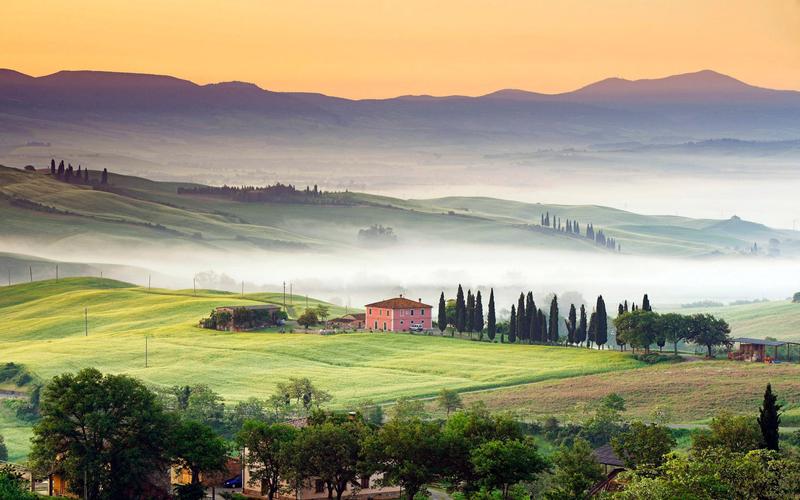The Ultimate Guide to Compost Information: Everything You Need to Know
Composting is one of the most beneficial practices we can adopt to make a positive impact on the environment. Not only does composting reduce organic waste, but it also converts it into a valuable soil amendment that nourishes plants and improves soil structure. In this ultimate guide to compost information, we’ll walk you through everything you need to know to get started with composting.
What is Compost?
Compost is a nutrient-rich soil amendment that is created through the decomposition of organic materials. It’s a natural fertilizer that enhances soil quality, retains moisture, and promotes healthy plant growth. Composting facilitates the breakdown of organic waste, such as food scraps, grass clippings, leaves, and branches, into a nutrient-rich material that can be used in gardens, lawns, and houseplants.
Why is Composting Important?
Composting is an eco-friendly alternative to sending organic waste to landfill sites, where it produces methane gas, a potent greenhouse gas that contributes to climate change. By composting, we reduce our carbon footprint, improve soil fertility, and decrease the amount of waste we send to landfills. Additionally, composting also saves homeowners money on trash pickup fees and fertilizer costs.
What Materials Can Be Composted?
A wide variety of organic materials can be composted. Here’s a list of some of the most common items:
– Fruit and vegetable scraps
– Coffee grounds and filters
– Eggshells
– Grass clippings
– Leaves and branches
– Paper and cardboard
– Tea bags
– Wood chips and sawdust
– Yard trimmings
What Materials Should Not Be Composted?
While most organic materials can be composted, some should be avoided. Here are some items that should not be composted:
– Fats, grease, and oils
– Meat, fish, and dairy products
– Pet waste
– Diseased plant materials
– Weeds that have gone to seed
– Synthetic chemicals
How to Start Composting?
Starting composting is easy and low-cost. Here’s how to get started:
1. Choose a composting bin – there are various types of composting bins available, including tumblers and open bins.
2. Locate a spot for your composting bin – it should be in a well-drained area, away from direct sunlight, and not too close to the house.
3. Add organic materials – start with a layer of branches or twigs, followed by a layer of compostable materials.
4. Keep the pile moist – aim for a damp sponge consistency. If the pile is too dry, add water. If it’s too wet, add dry materials like leaves.
5. Turn the pile regularly – use a pitchfork or garden tool to mix the materials to promote decomposition.
6. Harvest the compost – once the compost has a dark, crumbly appearance, it’s ready to use.
Conclusion
Composting is an effective way to reduce waste and promote sustainable living. By following our ultimate guide to compost information, you’ll be equipped with the knowledge needed to start composting and make a positive impact on the environment. Remember, every little bit helps, and composting is one way we can do our part to protect the planet.
(Note: Do you have knowledge or insights to share? Unlock new opportunities and expand your reach by joining our authors team. Click Registration to join us and share your expertise with our readers.)
Speech tips:
Please note that any statements involving politics will not be approved.
